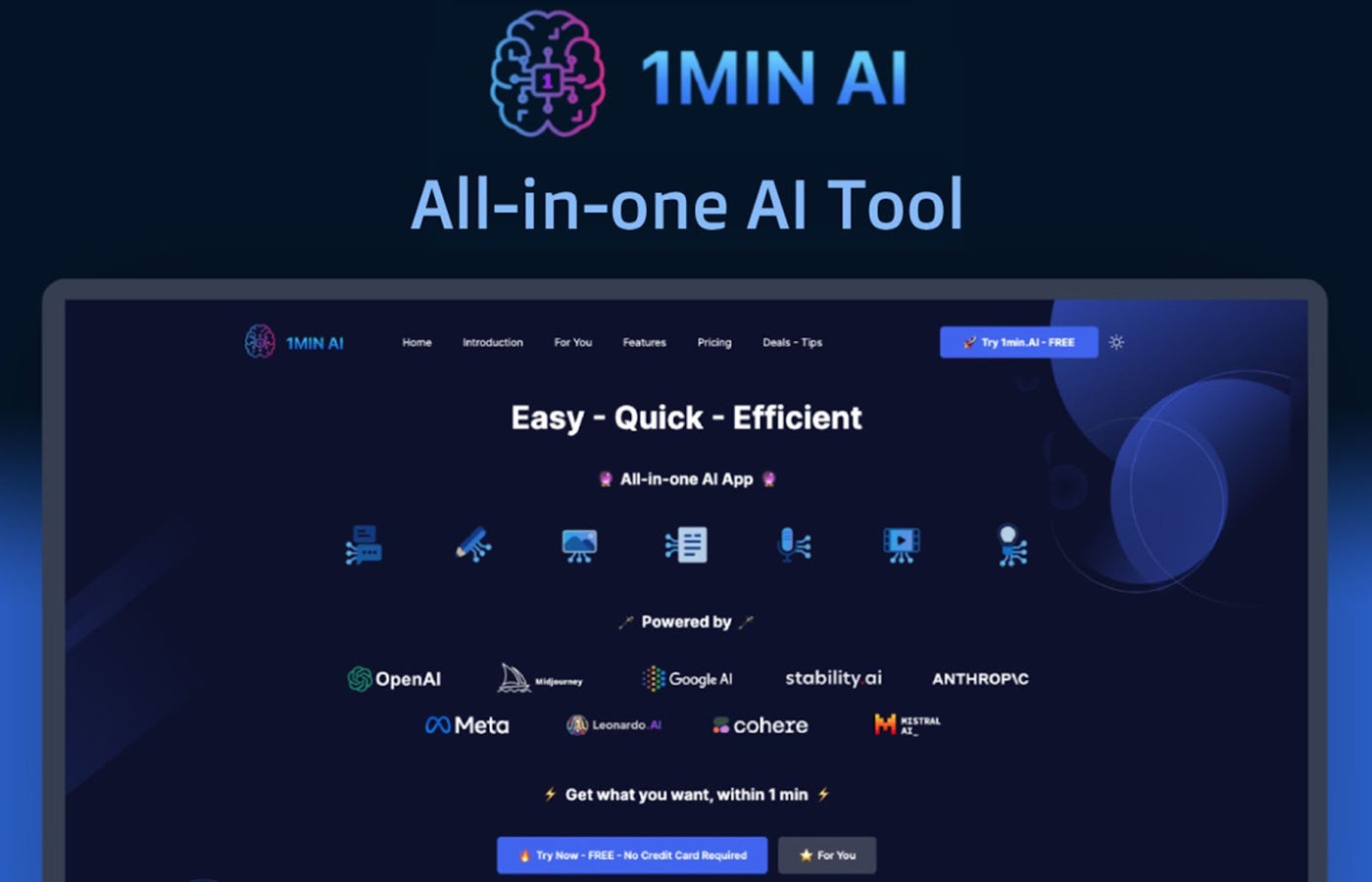Businesses face high competition and ever-changing market dynamics, such as volatile macroeconomic cycles, shifting customer expectations, new technological advancements like generative AI, and even talent retention challenges.
These complex market dynamics have only increased the expectations of IT teams to deliver solutions that can drive business outcomes, including revenue growth, profitability, customer satisfaction, and employee engagement. IT teams are expected to deliver these solutions within the constraints of strict cost management.
To excel in this business climate, leaders must employ a high-performance IT strategy, and the first key principle that guides a high-performance IT strategy is alignment.
Why is alignment so important right now?
According to Forrester, only 29% of business and technology decision-makers believe their digital business initiatives are aligned with other internal functions. However, Forrester also finds that high-performance IT alignment can help companies increase revenue by 2.4 times.
To achieve superior alignment, technology leaders must challenge strategy, operations, and leadership. Superior alignment is achieved through three business dimensions: strategy, operations, and leadership.
- Strategic alignment ensures that business and IT strategy are synchronized on the speed and scale of change required to achieve business outcomes.
- Operational alignment maps impacts across all layers of the IT operating model, along with corresponding investment changes.
- Leadership alignment Across the stakeholder ecosystem, the right people are held accountable for executing the plan.
Alignment and execution of one of the four IT styles
In a high-performing IT strategy, technology leaders align their core investments and execution to one of four IT styles: enable, amplify, co-create, and transform.
- He enabling style stabilizes, operates, and protects the IT organization.
- He co-creating style offers new products with IT and business.
- He amplifier style Use data, artificial intelligence and automation to optimize your business.
- He Transformer style Empowers IT to leverage emerging technologies for breakthrough innovation.
At any given time, leaders are investing in all four styles, but one of them predominates.
In every organization, the metrics for winning differ depending on its dominant IT style. For example, in the facilitator style, cost and margin control helps win the competitive race for the consumer, while the amplifier style focuses on profitability growth. Co-creation focuses on revenue growth, and transformation is a combination of revenue growth and profitability. When companies move from one dominant style to another, a higher level of calibration is required, rather than taking a “set it and forget it” approach to IT strategy.
5 steps to achieving superior alignment
But achieving superior alignment is no longer enough to win. Achieving superior, relentless alignment requires a five-step process with ever-changing business dynamics. The path to relentless alignment also includes periodic calibration, as there is never one strategy that fits all; however, the process to achieving relentless results is always the same.
1. Understand your business strategy to plan the course
Planning for high-performance IT begins with a fundamental understanding of business strategy. Understanding how changing business dynamics alter business objectives, outcomes, and the resulting success metrics helps technology leaders identify the mix of IT styles that will deliver the new business capabilities needed. Leaders must conduct an assessment to understand the impacts of business changes on IT capabilities.
2. Align your IT strategy and develop a realistic investment plan to win the race
After determining your dominant IT style and the deltas to business strategy, evaluate your IT capabilities based on three criteria:
- The importance of IT strategic value drivers.
- The maturity of your IT capabilities (e.g., people, data, applications, processes).
- The complexity of changing capacity.
Use decision-making tools to ensure you are comparing your current IT maturity and capabilities to the appropriate level of investments, divestments, and reinvestments to meet your unique mix of styles (leading with your dominant style) that is poised to have the greatest impact on your business strategy. Leverage competitive intelligence to guide your assessment.
3. Align the IT operating model and build the parts needed for a high-performance race car
Every organization has different levels of capabilities within its IT operating model across six layers: customers, services, capabilities, structure, governance, and leadership. Develop an updated operating model reference architecture to translate your investment into the mix of styles to build the next iteration of your high-performance operating model, paying close attention to the robustness of existing capabilities and the complexity of change in existing or new capabilities. Leverage research data across industry verticals to guide your redesign.
4. Align your team and leadership through inspiration to increase efficiency, even at pit stops
Gain buy-in from your business partners on your new IT strategy, governing style, and overall investment plan. This is achieved through compelling narratives that inspire, motivate, and build consensus around achieving desired outcomes. Leverage best practices for communicating with business stakeholders by managing change, establishing calibration checkpoints, and creating a communication model that conveys the iterative value of technology to improve business outcomes.
5. Run with the right speed and momentum
Use a roadmap to implement the new dominant IT style across the operating model and calibrate at predetermined intervals to maintain ongoing alignment with business dynamics. Use relevant performance metrics and data to drive these conversations at each step. Keep the speed and momentum at the right pace to win the race. Too much momentum can cause you to lose control, while too little will not have the desired impact on the market.
To increase speed, ensure your high-performance operating model is constantly aligned with changing business dynamics and at a pace your teams can keep up.
Benefits of relentless alignment
By using this five-step process to achieve this level of relentless alignment, technology leaders will reap several benefits, including balancing their IT portfolio by regularly calibrating investment against business benefits, aligning their operating model to effectively engage the entire enterprise, and confidently designing and adopting the technology that forms the core of innovation and business processes.
This article was written by Chuck Gahun, a principal analyst at Forrester whose research focuses on helping executives develop and implement digital strategies that drive results for businesses and consumers. He has spent the past 25 years of his career leading digital strategy, experience design, and technology implementation projects in content management systems, e-commerce systems, digital asset management systems, product information management systems, customer relationship management, marketing technology automation, and digital experience platforms. Chuck holds a bachelor's degree in government and international politics and a master's degree in technology management from George Mason University.












